#forest fauna
Explore tagged Tumblr posts
Photo

This vibrant banana slug seems to have taken a liking to a tiny mushroom amidst the forest floor in Northern California. There's something magical in these small, often unnoticed, woodland interactions.
#banana slug#mushroom#forest floor#Northern California wildlife#woodland creatures#nature photography#magical nature#forest fauna#slug and mushroom#tiny wonders#vibrant wildlife#unnoticeable beauty#forest ecosystem#slugs of tumblr#mushroom love
117 notes
·
View notes
Text


instagram.com/p/C9uG9Dhv7JP/?igsh=MXZmbHlkZzhpNTd0NQ==
3K notes
·
View notes
Text






Botanical gardens in Washington D.C.
2K notes
·
View notes
Text

A Hare in the Forest, ca. 1585
Artist: Hans Hoffmann
#getty#getty museum#giphy#gif#hare#rabbit#bunny#snail#moth butterfly#flower#flowers#eat#eating#1585#1580s#1500s#a hare in the forest#art#artist#hans hoffmann#flora#fauna#plant#animal
404 notes
·
View notes
Text

425 notes
·
View notes
Text



An Affinity for the Southern River Terrapin
The southern river terrapin (Batagur affinis), also known as the tungtung or the royal turtle, is a species of freshwater turtle residing, as its name implies, in the southern part of the Malaysian Peninsula, particularly along the western coast. They reside in estuaries, portions of large rivers that are regularly exposed to ocean tides.
While initially plain in appearance, the southern river terrapin can be visually striking. The body and shell are entirely black, or dark brown in females. The only spots of color are carried by males: bright yellow or white eyes and orange inner cheek flaps that are exposed when the mouth opens. Batagur affinis is also quite big, with females (the larger of the two sexes) reaching an average length of 62 cm (24 in) and a weight of 38 kg (83 lbs).
The tungtung is an omnivorous species. Its serrated beak allows it to feed on a variety of plants like grasses, algae, and fruits, as well as freshwater invertebrates like crustaceans and mollusks. Due to the high salinity of their habitats, they often leave the rivers and forage for food on land. The large size and thick shells of adults deters most predators. However, eggs and hatchlings are vulnerable to monitor lizards, otters, birds of prey, and crocodiles.
Mating for Batagur affinis occurs from October to February. Males and females remain relatively solo throughout the rest of the year, although they aren't overly territorial. Once a male locates a female, the two touch noses and he pulses his jaw to emphasize his bright orange cheek pouches and the white stripes on the inside of his throat. After copulation, the female lays a clutch of 20-40 eggs in nests dug in the sandy river bank. Young royal turtles hatch anywhere from 60-120 days later, depending on the temperature of the nest. Juveniles can take 18-22 years to reach maturity. Adults regularly reach ages well over 45, and individuals as old as 100 have been recorded.
Conservation status: The southern river turtle is considered Critically Endangered by the IUCN. Over-harvesting of both eggs and individuals has decimated populations, and those that remain are threatened by habitat destruction. However, both local and international conservation efforts have been underway to preserve the species and its ecosystem.
If you like what I do, consider buying me a ko-fi!
Photos
Eng Heng Chan
Paul Calle
Thorn Sophun
#southern river turtle#Testudines#Geoemydidae#turtles#reptiles#freshwater fauna#freshwater reptiles#rivers#river reptiles#tropical forests#tropical forest reptiles#asia#southeast asia#animal facts#biology#zoology#ecology
526 notes
·
View notes
Text


Disposable camera photos from the swamp, June 2022
#mine#photos#rural#florida#florida aesthetic#aesthetic#rural aesthetic#state park#flora and fauna#forest#forest aesthetic#swamp#swamp aesthetic#swamp core#forest gothic#disposable camera#nostalgia#florida gothic
601 notes
·
View notes
Text
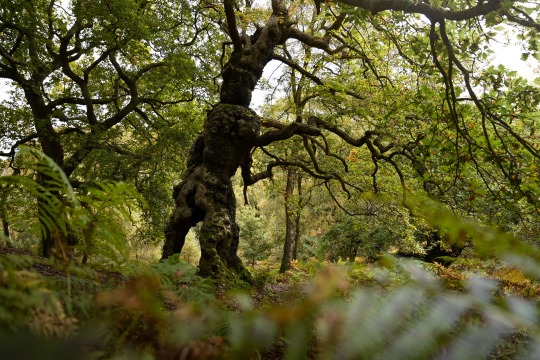
The Ent This absolute stunning veteran oak tree hidden away in Cannock Chase is one of the most stunning trees I've ever seen. A true Tolkien Ent if ever i've seen one.
#alexmurison#ent#forest guardian#lord of the rings#lotr#tree#forest#woodland#ancient woodland#wander#wanderlust#wilderness#adventure#walk#explore more#woods#hiking#walking#nature#wildlife#flora#fauna#tolkien#middle earth#jrr tolkien#explore#lensblr#autumn#fall#nature photography
247 notes
·
View notes
Text

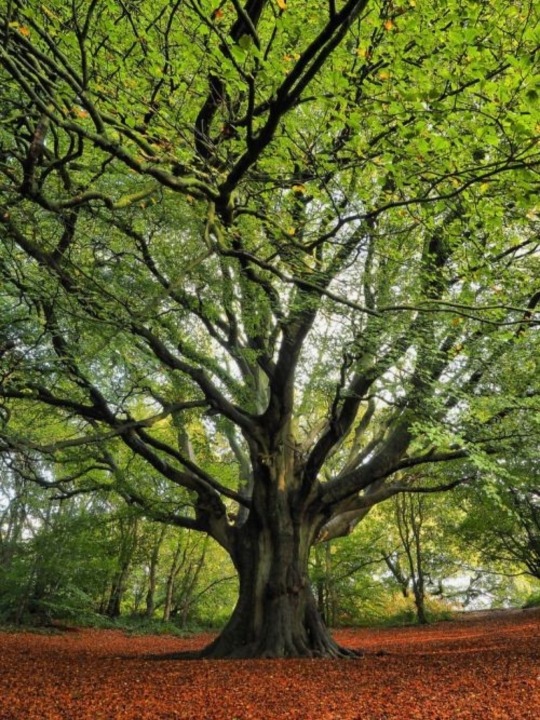


#moodboard#aesthetic#icons#pinterest#indie#naturecore#forest aesthetic#forest#forest cottage#trees#nature#mother nature#green aesthetic#dark green#green#green moodboard#flora fauna#flora photography#photography#photooftheday#goblin aesthetic#goblincore#goblin girl#green goblin#cottage
888 notes
·
View notes
Text
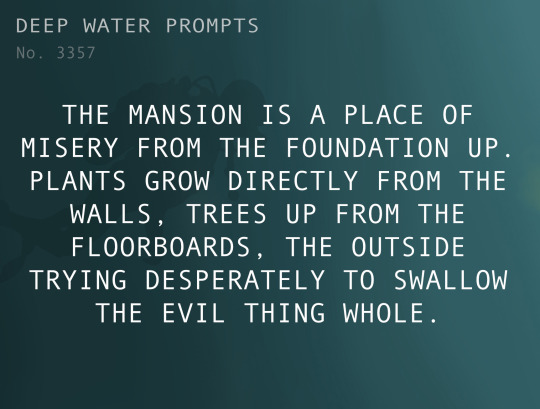
Text: The mansion is a place of misery from the foundation up. Plants grow directly from the walls, trees up from the floorboards, the outside trying desperately to swallow the evil thing whole.
#creative writing#writing prompts#flora and fauna#so much flora and fauna this week#haunted houses#horror#A house so evil the surrounding land is actively trying to eat it#A ballroom that’s also a fledgling forest#Vines like wallpaper#Deer and very much not deer wandering the halls#look at me. this is a good horror setting#settings
189 notes
·
View notes
Photo

A vibrant banana slug seems to be on guard duty over a delicate mushroom amidst the forest floor's natural mosaic. It's a tiny world of wonder under the canopy of Northern California's woods.
#banana slug#mushroom#forest floor#Northern California#nature photography#woodland creatures#natural mosaic#under the canopy#forest fauna#vibrant wildlife#guardians of nature#tiny world#wonder#slugs of Tumblr#mushroom love
13 notes
·
View notes
Text

November 2024
Maybe the last wild flower of the year. Flax, or common flax (lat. Línum usitatíssimum).
Возможно, последний дикий цветок в этом году. Лён обыкновенный (лат. Línum usitatíssimum).
#noseysilverfox#photography#blue flowers#nature#flowers#plants#autumn 2024#naturecore#autumn photography#love nature#without filters#sakartvelo#georgia#flora fauna#flora photography#photography on tumblr#forest aesthetic#forest floor#forest fairy#fairy aesthetic#aestethic#природа#фотоблог#фото��рафии природы#лесная эстетика#цветы#осень 2024#осеннее настроение#дикие растения#турумбочка
116 notes
·
View notes
Text
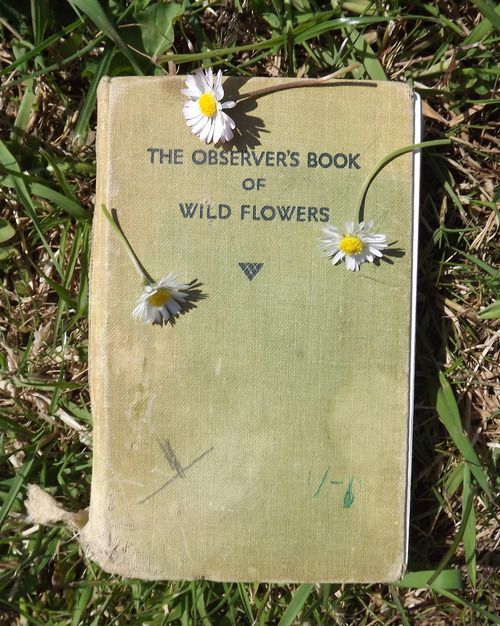
the observer's book of wild flowers
source
#grandmacore#aesthetic#cottagecore#cottage core#forest cottage#forest#bookcore#fieldcore#flowercore#flora and fauna#summercore#long walks#warmcore#cozycore#cosycore#comfycore#countryside#forest core
2K notes
·
View notes
Text

100 notes
·
View notes
Text

🐿️ Forest critter sticker sheet by Hallmark Cards, 1983 🐿️
#stickers#vintage#80s#cottagecore#fall#autumn#fall leaves#forest aesthetic#animals#critters#fauna#vintage illustration
85 notes
·
View notes
Text

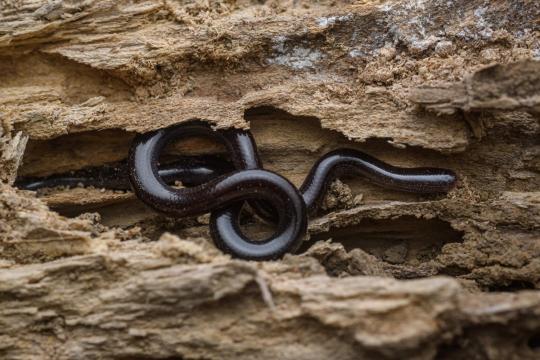

Brace Yourself for the Brahminy Blind Snake
Also known as the flowerpot snake, the Kurudi snake, or the Sirupaambu snake, the Brahminy blind snake (Indotyphlops braminus) is a species of snake common throughout Africa and southern Asia, and introduced in southern Europe, southern North America and Central America, and parts of Oceania including mainland Australia.
The Brahminy blind snake is a fossorial species, spending most of its time underground or in piles of dense leaf litter in forests and agricultural areas. During the winter in colder regions, they burrow deep beneath the earth and enter a state of hibernation. They are not aggressive or venomous, and feed mainly on eggs and insects, especially ants and termites. As a result they are often found near anthills or termite mounds. The kurudi snake can be predated upon by larger snakes, amphibians, birds, and some carnivorous insects.
I. braminus is the smallest recognized snake, ranging only 5–10 cm (2-4 in) in length and weighing between 0.74-1.87 g (0.02-0.06 oz). Due to their burrowing nature, they are also quite slender, and their head is as narrow as the rest of their body. The tail is distinguishable only by a small, sharp spur. The eyes are extremely small and can only register light. Adults are typically dark gray or brown, although they can become beige or purple while molting.
The flowerpot snake reproduces entirely via parthenogenisis, a mechanism in which the mother's eggs duplicate via mitosis. The result of this method of reproduction is that offspring are all clones of their mother. In the spring Females may either lay eggs or give birth to live offspring, up to eight at a time. Young emerge shortly before monsoon season and are are capable of fending for themselves immediately after being born.
Conservation status: the IUCN has ranked the Brahminy blind snake as Least Concern due to its wide distribution. Although it has been introduced to many areas outside its native range, it is not considered ecologically damaging.
Photos
Gulab Khedkar et al.
Vijay Anand Ismavel
Thai National Parks
#brahminy blind snake#Squamata#Typhlopidae#blind snakes#snakes#serpents#squamates#reptiles#tropical forests#tropical forest reptiles#urban fauna#urban reptiles#africa#asia#animal facts#biology#zoology#ecology#queer fauna#nature is queer
350 notes
·
View notes